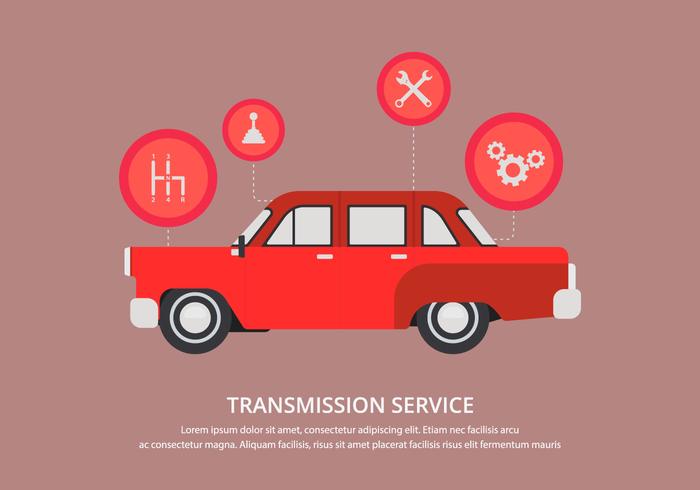Comprehending The Significance Behind Your Automobile'S Warning Lighting: A Comprehensive Appearance
Comprehending The Significance Behind Your Automobile'S Warning Lighting: A Comprehensive Appearance
Blog Article
https://griffinupjey.mdkblog.com/35646744/learn-the-keys-to-overhauling-your-vehicle-s-design-in-simply-under-an-hour-with-easy-pointers-that-will-certainly-thrill-you-your-quick-cars-and-truck-describing-service-is-ready -Lim Kejser
When you're behind the wheel, those glowing caution lights on your control panel can be a bit perplexing. Do you know what they're attempting to tell you regarding your cars and truck's health? Understanding the relevance of these lights is essential for your safety and the durability of your lorry. So, the following time one of those lights pops up, would not you wish to analyze its message accurately and take the essential actions to address it?
Common Caution Lighting and Interpretations
Recognize common caution lights in your automobile and recognize their definitions to make certain safe driving.
One of the most typical caution lights consist of the check engine light, which indicates concerns with the engine or discharges system. If this light begins, it's important to have your vehicle inspected promptly.
The oil pressure cautioning light indicates low oil stress, requiring instant focus to stop engine damage.
A blinking battery light may suggest a defective charging system, potentially leaving you stranded if not attended to.
Recommended Website (TPMS) light signals you to reduced tire pressure, impacting lorry security and fuel performance. Ignoring this might lead to hazardous driving conditions.
just click the up coming site indicates a trouble with the anti-lock stopping system, jeopardizing your ability to quit promptly in emergency situations.
Finally, the coolant temperature level warning light warns of engine getting too hot, which can lead to severe damage if not solved promptly.
Understanding these usual caution lights will certainly aid you attend to concerns without delay and keep secure driving problems.
Value of Prompt Attention
Comprehending the typical caution lights in your car is just the initial step; the relevance of immediately dealing with these cautions can not be emphasized sufficient to guarantee your safety when driving.
When a caution light brightens on your dashboard, it's your auto's way of connecting a possible problem that needs focus. Overlooking these warnings can result in extra severe problems down the road, compromising your security and possibly costing you extra in repairs.
Trigger focus to warning lights can stop failures and accidents. For example, a flashing check engine light could suggest a misfire that, if left ignored, could create damage to the catalytic converter. Resolving this quickly can conserve you from a pricey repair work.
In a similar way, a brake system advising light could indicate reduced brake liquid or worn brake pads, vital elements for your safety and security when driving.
Do It Yourself Troubleshooting Tips
If you notice a warning light on your control panel, there are a few DIY repairing tips you can attempt before seeking professional assistance.
The very first step is to consult your car's guidebook to comprehend what the details caution light suggests. Often the concern can be as easy as a loose gas cap setting off the check engine light. Tightening up the gas cap might settle the problem.
One more common problem is a reduced battery, which can set off numerous advising lights. Checking the battery connections for rust and ensuring they're secure might take care of the issue.
If a warning light persists, you can try resetting it by separating the auto's battery for a few mins and after that reconnecting it. Additionally, checking your automobile's fluid degrees, such as oil, coolant, and brake liquid, can help troubleshoot warning lights associated with these systems.
Conclusion
Finally, recognizing your auto's caution lights is necessary for maintaining your vehicle running smoothly and safely. By promptly resolving these notifies and understanding what they indicate, you can stay clear of costly repair services and potential failures.
Bear in mind to consult your car's handbook for particular details on each advising light and act appropriately to ensure a trouble-free driving experience.
Remain notified, remain secure when driving!
